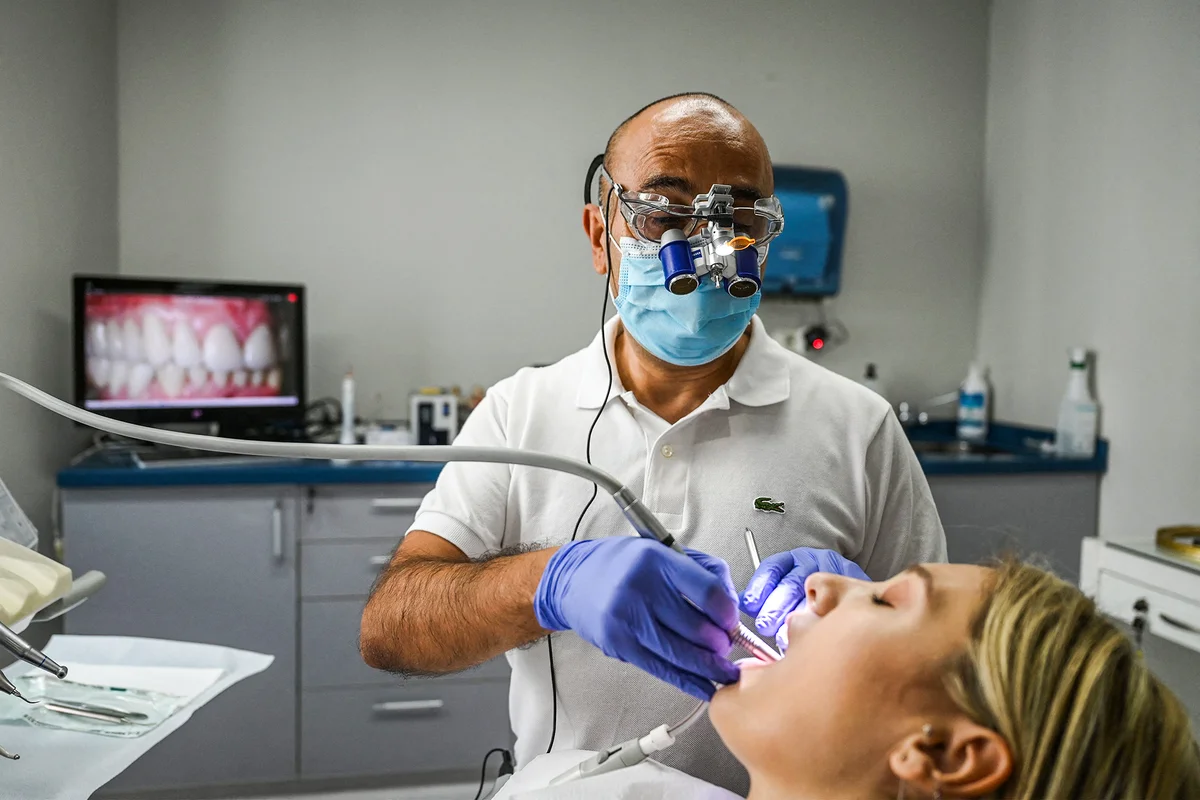Copyright Interesting Engineering

Researchers at Queen Mary University of London and University College London have found that humans can detect objects buried in sand without directly touching them. The discovery challenges the long-held belief that touch is limited to physical contact. Touch has always been seen as a close-range sense, confined to surfaces our skin can reach. But a study presented at the IEEE International Conference on Development and Learning (ICDL) shows otherwise. Participants were asked to move their fingers gently through sand to find a cube hidden beneath the surface, without touching it first. Remarkably, they could locate the buried object with significant accuracy. The results suggest that humans share a “remote touch” ability similar to certain birds. Shorebirds like sandpipers and plovers use this sense to detect prey beneath the sand by sensing subtle mechanical vibrations. Humans, the study found, can detect such cues through minute displacements in sand that reflect off hidden objects. By modeling the physics behind this phenomenon, researchers discovered that the human hand’s sensitivity approaches the theoretical limit of what can be detected through mechanical reflections. This means the human sense of touch extends farther than previously known. Humans outperform robots in accuracy The researchers compared human performance with that of a robotic tactile sensor trained using a Long Short-Term Memory (LSTM) algorithm. Humans achieved a precision of 70.7% within the detectable range. While the robot could sense objects from slightly greater distances, it often produced false positives, resulting in only 40% overall precision. Both humans and robots performed near the maximum sensitivity predicted by physical models. These results confirm that people can sense an object before actual contact. The finding broadens the scientific understanding of how touch operates in humans and how it might be harnessed for technology. Applications in robotics and exploration The research team believes this discovery could reshape how engineers design tactile systems for robots and assistive tools. By studying human touch sensitivity, developers could create machines capable of detecting buried or hidden objects with minimal visual input. “It’s the first time that remote touch has been studied in humans and it changes our conception of the perceptual world (what is called the ‘receptive field’) in living beings, including humans,” said Elisabetta Versace, Senior Lecturer in Psychology at Queen Mary University of London. Zhengqi Chen, PhD student at the university’s Advanced Robotics Lab, said: “The discovery opens possibilities for designing tools and assistive technologies that extend human tactile perception.” He added that these insights could lead to advanced robots capable of delicate operations such as locating archaeological artifacts or exploring granular terrains like Martian soil. Versace and her colleagues see this as a major step for both psychology and engineering. Lorenzo Jamone, Associate Professor in Robotics and AI at University College London, said the research stands out for its interdisciplinary approach. “What makes this research especially exciting is how the human and robotic studies informed each other,” Jamone said. “The human experiments guided the robot’s learning approach, and the robot’s performance provided new perspectives for interpreting the human data.”



